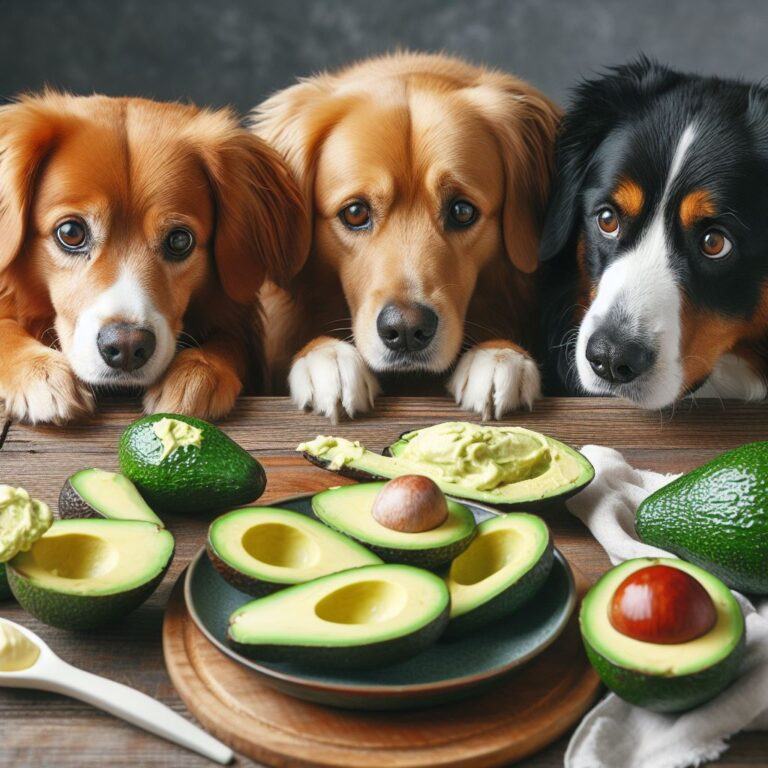Can Dogs Safely Eat Chicken
Yes, dogs can safely eat cooked, boneless, skinless chicken. In fact, chicken is one of the best animal proteins you can feed your dog as the protein content is high and the fat content is low.
Pet owners often wonder about the safety and benefits of incorporating chicken into their dog’s diet. Here we aim to provide all you need to know about the health benefits, considerations, potential risks, and best practices associated with feeding dogs chicken.
Health Benefits and Considerations
- Protein Power
- High-quality protein is the cornerstone of a dog’s diet, essential for muscle development, immune function, and overall vitality. Chicken stands out as an exceptional source, boasting a complete amino acid profile necessary for optimal health.
- Nutrient Rich
- Beyond protein, chicken provides a spectrum of essential nutrients. B vitamins, such as B6 and B12, contribute to energy metabolism and red blood cell formation, while iron supports oxygen transport in the blood. This nutritional richness enhances a dog’s overall health and longevity.
- Proper Preparation
- Properly preparing chicken is as crucial as its nutritional content. Opt for plain, cooked chicken, avoiding additives, seasonings such as onions or garlic, or excessive salt. The debate over bone-in versus boneless chicken requires careful consideration, with thorough cooking and mindful portion control being paramount.
- Moderation in Portion Sizes
- While chicken is a nutritional powerhouse, moderation is key. Excessive consumption can lead to potential digestive disturbances, including diarrhea or vomiting. Understanding the appropriate portion sizes ensures that dogs reap the benefits without compromising their well-being.
Potential Risks and Best Practices
- Beware Of Bones
- The risks associated with cooked bones merit detailed exploration. Cooked bones can splinter, posing a dual threat of choking hazards and internal injuries. Personally, I remove all bones before cooking and only feed plain cooked chicken breast to my pup.
- Fatty Skin and Seasonings
- The allure of crispy chicken skin and flavorful seasonings often tempts pet owners. However, the risks associated with fatty skin, especially for dogs prone to pancreatitis, and the potential adverse effects of seasonings on a dog’s digestive system warrant cautious handling in the kitchen.
- Portion Control and Digestive Disturbances
- Understanding the balance between providing a nutritious treat and avoiding overindulgence is critical. Extra treats should never make up more than 10% of a dog’s diet if they are fed a fully balanced dog food diet. An exploration of the digestive system’s response to varying portion sizes sheds light on the potential consequences of excess.
- Individual Reactions
- Dogs, like humans, exhibit individual reactions to new foods. Close observation upon introducing chicken into their diet is extremely important. Recognizing signs of discomfort, behavioral shifts, or allergic reactions is paramount for tailoring a diet that suits the unique needs of each dog.
The Importance of Consulting with a Veterinarian
Veterinarians play a pivotal role in crafting a tailored approach to a dog’s diet. Beyond general advice, their expertise takes into account various factors, including age, breed, weight, and existing health conditions.
A thorough consultation ensures a diet that aligns with a dog’s specific health profile. Looking deeper into the factors that veterinarians consider provides pet owners with insights into what is involved with personalized diet planning.
The age-old question of “can dogs eat chicken” evolves into a collaborative effort between pet owners and veterinary professionals to optimize canine nutrition.
In wrapping up this article, we have found that in most cases it is ok for dogs to safely eat chicken. As with adding all new foods to our canine companion’s diets, it is best to start off with small pieces in order to look out for any potential allergies.
Proper cooking methods must be strictly adhered to and avoid feeding the fatty skin and especially bones.
Apart from you the owner, your dog’s second best friend is their vet, so I would always recommend consulting with them before feeding anything new and more importantly if you suspect that something is wrong with your four-legged friend.







